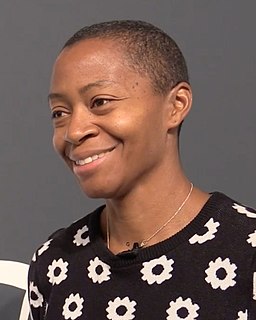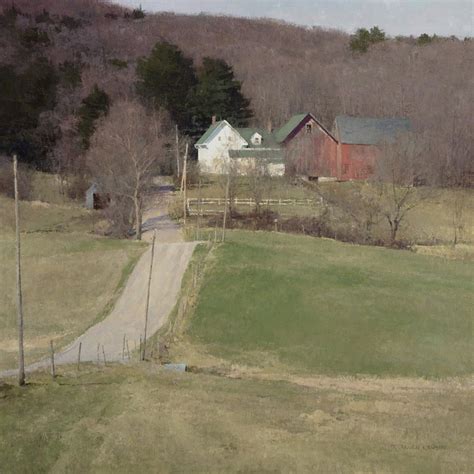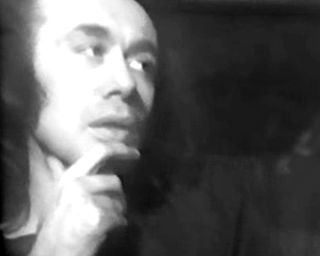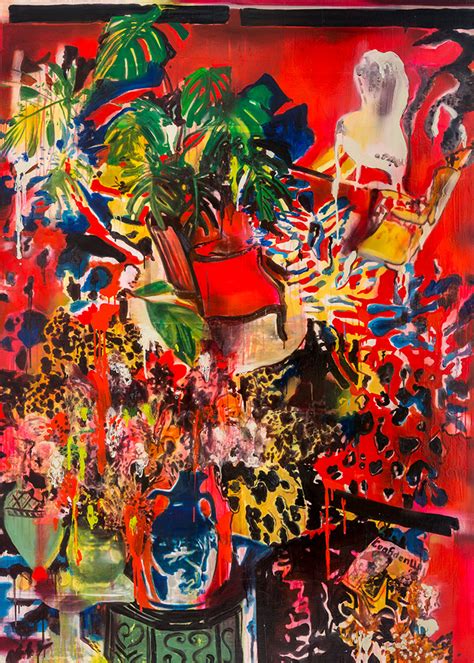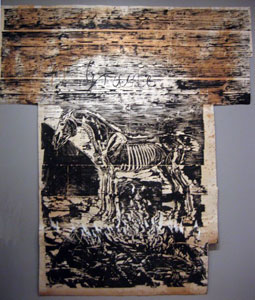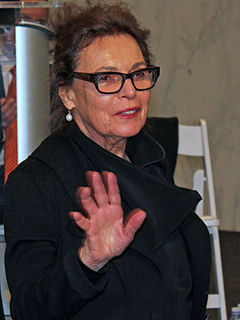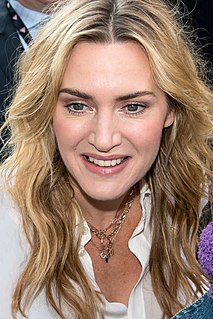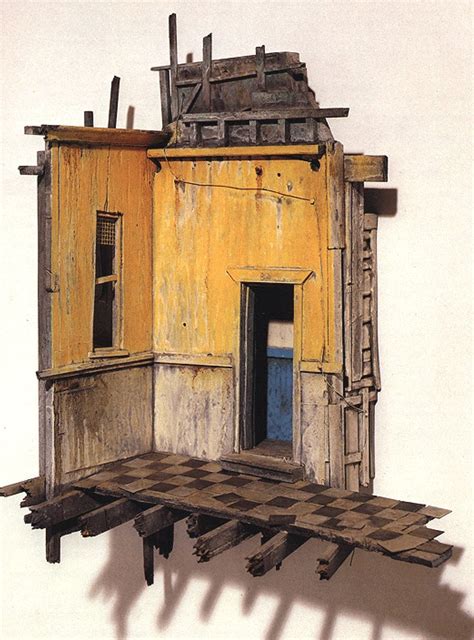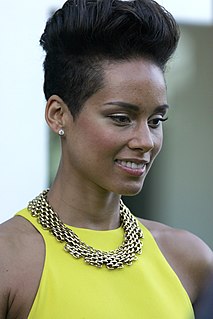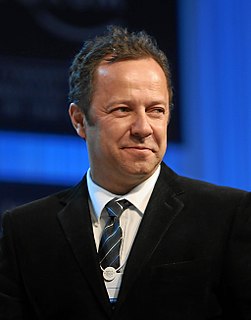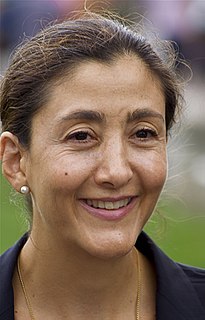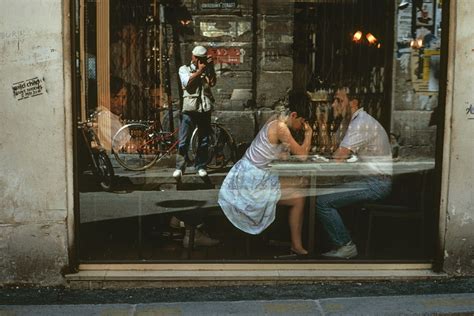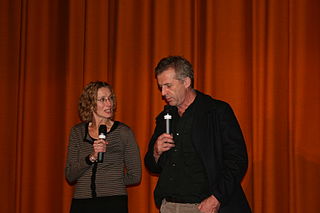A Quote by Kara Walker
I didn’t want a completely passive viewer. Art means too much to me. To be able to articulate something visually is really an important thing. I wanted to make work where the viewer wouldn’t walk away; he would giggle nervously, get pulled into history, into fiction, into something totally demeaning and possibly very beautiful
Related Quotes
What I never wanted in art - and why I probably didn't belong in art - was that I never wanted viewers. I think the basic condition of art is the viewer: The viewer is here, the art is there. So the viewer is in a position of desire and frustration. There were those Do Not Touch signs in a museum that are saying that the art is more expensive than the people. But I wanted users and a habitat. I don't know if I would have used those words then, but I wanted inhabitants, participants. I wanted an interaction.
The only thing I can hope the viewer will get from the work is something about the structure of the work. It would be asking too much, I think, for them to get my exact intention. But if - through the construct of language, the way things are juxtaposed - there is some sort of disruption of the way you would normally go about reaching photographic images... if that is happening, that's fine.
I'm incredibly proud to have been nominated in the past and it really means a lot to me because I do work very hard when I'm making a film and I do really do absolutely give my all. To get that kind of pat on the back, it's really amazing and also never something that I anticipated would possibly happen to me, ever. So I am very, very proud to have been there before. And, you know, the nice thing about nominations is that, same as awards, no one can actually take them away from you and I'm proud of that.
A lot of the pieces I've done over the years have involved alterations of scale and the idea of the viewer's relationship to the object and how we see things by either enlarging or reducing objects, it causes the viewer to look at them again. It's hard to do because our culture is so bombarded by images and media. How do you make something fresh for a viewer? That's a real challenge.
We're too passive. We're feeding on too much rubbish and I think we should strive to just shrug away that comfort zone and be able to get the most of each one of us, which means restructuring the way we deal with time and the priorities we have in life, so being what we want to be I think should be something that we should keep in mind.
I don't need to control the mind of my viewer. Now this might sound contradictory because I want to make these installations set up an environment that will produce a certain kind of experience in the viewer, but beyond a certain point, I take hands off and leave it up to chance and personal experience. So maybe it's a marriage of control and no control we're talking about where the artist produces the artifact or the environment and then walks away from it, and the second half of the equation is the viewer and their personal history and how they feel about what they're experiencing.
Hollywood films are alienating to the spectator because they use too much dialogue, too much explication and leave no space for the viewer. They depress me. I use direct sound, mono not stereo. Just direct sound, so for every shot there are only two sources. Sound creates an intimate effect: the sensation to feel the place. It makes the viewer enter. You have the liberty to hear what you want.
I just want the viewer to have a very informative and entertaining listen. I want them to feel like they've pulled up a chair right next to us. I hope to bring to the telecast what I call 'buddy information' - where you hear something and maybe the next day you say to your buddy, 'Hey, I heard something about this player or this team,' and they pass it on by word of mouth.
